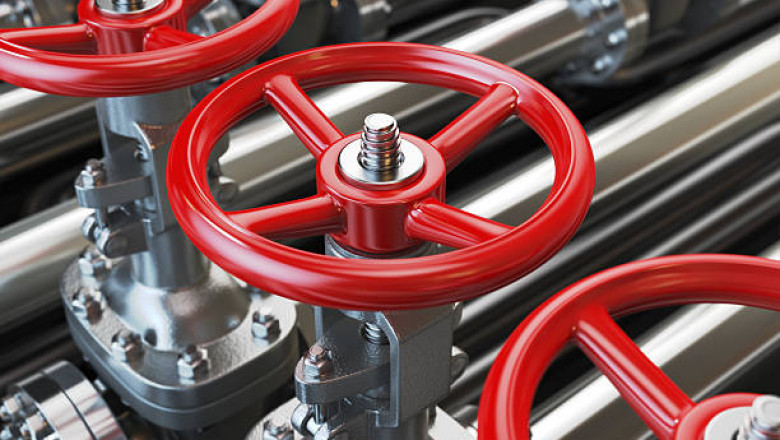views
The industrial valve market is undergoing significant enhancements, driven by technological advancements, increasing demand for efficiency, and growing industry-specific requirements. Industrial valves play a crucial role in controlling fluid and gas flow across various sectors, including oil and gas, water treatment, power generation, and chemical processing. As industries evolve, the demand for more advanced, durable, and cost-effective valve solutions has intensified. This article explores the key enhancements taking place within the industrial valve market, highlighting innovations that are shaping its future.
1. Adoption of Smart Valves
One of the most significant enhancements in the industrial valve market is the rise of smart valves. These valves are equipped with sensors, actuators, and communication technologies like the Internet of Things (IoT) to enable real-time monitoring and remote control. The integration of smart valves allows for predictive maintenance, which can significantly reduce downtime and maintenance costs. By offering greater control and improved accuracy, smart valves ensure more efficient operations, making them especially valuable in critical industries like oil and gas, where continuous monitoring and quick response times are essential for safety and efficiency.
2. Improved Materials and Durability
As industrial systems become more demanding, valves must be able to withstand extreme conditions such as high pressures, temperatures, and corrosive environments. Recent enhancements in materials technology have enabled manufacturers to develop more durable and corrosion-resistant valves. New materials like high-performance alloys, composites, and advanced coatings are being used to extend the lifespan of valves, reduce maintenance costs, and enhance system reliability. For example, the use of stainless steel and carbon steel alloys in oil and gas applications helps valves resist corrosion from harsh chemicals and fluids.
3. Energy Efficiency and Sustainability
With growing concerns about sustainability and energy consumption, industrial valve manufacturers are focusing on creating more energy-efficient solutions. Enhanced valve designs, such as energy-saving throttling and pressure-reducing valves, contribute to reducing energy consumption in various applications. Additionally, the use of eco-friendly materials and sustainable manufacturing processes is gaining traction. By developing energy-efficient valves that help industries reduce their carbon footprint and comply with stringent environmental regulations, manufacturers are contributing to a greener future.
4. Automation and Digital Integration
The shift toward automation in industrial processes is driving advancements in the valve market. By integrating valves into automated systems, companies can achieve higher operational efficiency, lower human error, and streamline maintenance. Digital integration, such as the use of digital twins and predictive analytics, allows companies to simulate and optimize valve performance before actual deployment. This leads to enhanced reliability, reduced risk of failure, and improved decision-making capabilities. Automation and digital integration are also helping industries comply with regulations more easily, as they offer better monitoring and control capabilities.
5. Customization and Specialized Solutions
Another key enhancement in the industrial valve market is the growing trend toward customization and specialized valve solutions. As industries diversify and become more specialized, the need for custom-designed valves to meet specific requirements is increasing. Manufacturers are responding by offering a wide range of valve types tailored to industries like pharmaceuticals, aerospace, and renewable energy. Customization can involve modifying valve materials, sizes, pressure ratings, and sealing mechanisms to suit particular applications. This trend ensures that valves meet the unique needs of modern industrial systems, offering optimal performance in various operational conditions.
Conclusion
The industrial valve market is experiencing continuous enhancements that are transforming how valves are designed, manufactured, and utilized. Smart valves, advanced materials, energy-efficient solutions, automation, and customization are among the key improvements driving the market forward. These advancements not only improve operational efficiency but also help industries meet environmental, safety, and performance standards. As the demand for more sophisticated valve solutions grows, these enhancements will continue to shape the future of the industrial valve market, offering new opportunities for manufacturers and industries worldwide.






















Comments
0 comment